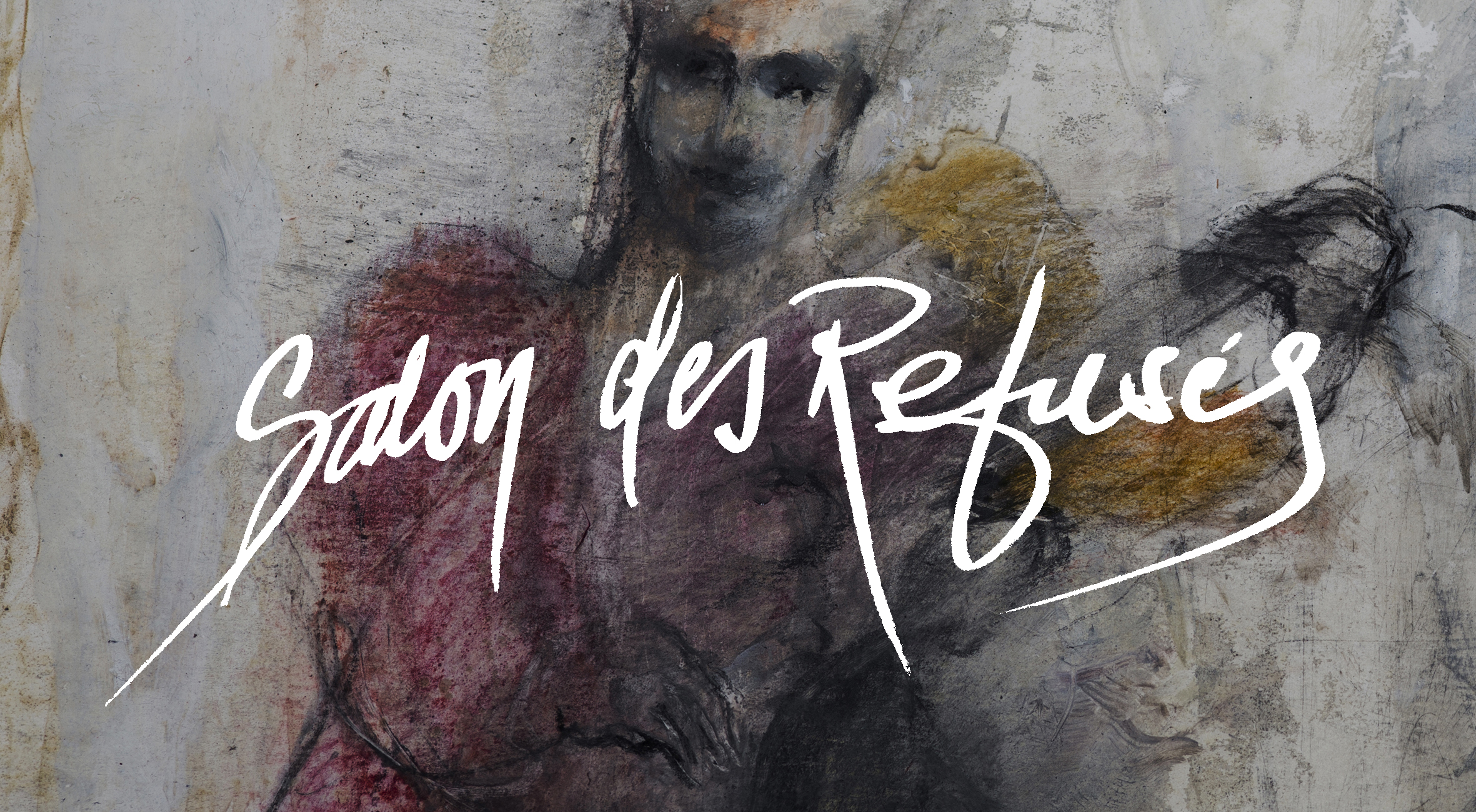One of the first things people usually ask me when they find out that I have been studying Indian and oriental music is: ”But if you play a fretted bass, how do you do microtones?”. I’ve been telling them that I don’t really care about microtones because for me that’s just one aspect of the music that never really caught my interest, perhaps because I play an instrument that is thought to have a fixed note. My teachers haven’t really bothered forcing it on me either. Bahauddins approach has been trying to get me to play the music with whatever my instrument allows me to do. Maybe it’s a part of my search for my instrumental limitation or maybe it’s just because I want to be able to tell people “Microtones? No problem!” that I started working on playing those kinds of sounds on the bass. I have seen some guitar players that added extra frets to be able to play microtones but since part of my idea is to play a bass without modifications extra frets was never an option.
There isn’t any trick to playing microtones on a bass. You just have to bend the string the appropriate amount and keep it steady. What makes it difficult is playing these notes without it sounding like you are bending the string every time and keeping the intonation. But the whole point these microtones in my mind is to give a new kind of flavor to your playing. To do it properly you have to train your ears more than your hands.
For me who isn’t deeply rooted in a specific microtonal tradition it gives me a certain freedom to choose how I want to work with the microtones. Indian classical music, Swedish folk music or Turkish music all use different systems for the microtones and have different ideals for how they should sound so instead of trying to do it in a certain tradition I have just tried to make it work on the bass. So what I have done is dividing one note into what is audible for me and this gives me 3 new notes per fret, one a little sharper (B1), one in between (B2), and one a lot sharper (B3, that could also be thought of as a flatter C depending on how you use it). Try to bend a B to a C in one bend and then try to bend to the middle of that (B2) and once you can hear that it is in fact another note you can bend to the middle of that (B1). Then you just do the same thing, bend B –> B2 –> C but try to find the note (B3) in between B2 and C. This was my first step to approach this and afterwards it’s only a matter of implementing it on whatever I’m practicing, for instance playing a major scale with a sharper third and a lower seventh for instance.

————–B B1 B2 B3 C
Instruments with frets can be easier to learn than those without but in my case it also made me look more than listen as a beginner. Since you can see where the note is you might not have to listen to it and you can learn to play a song visually instead of actually listening to the notes. I remember starting out playing bass and my friend who played guitar would show where on the neck I was supposed to press. So for the first years I learned a lot of visual patterns that sounded like songs by Rage against the machine. Working with microtones is all about listening and sometimes it can be almost impossible to hear the difference at first but with time the ear starts to notice all of these small variations. My approach nowadays is more like I’m playing a fretless bass in the sense that I try to not look at the neck so much, hearing the notes instead of seeing them.
So why not use a fretless? I feel that there are just too many sounds and techniques that I have to sacrifice when I play a fretless so it’s not really contributing to my music. But some players sure can make it sound beautiful!
Audio clip: Adobe Flash Player (version 9 or above) is required to play this audio clip. Download the latest version here. You also need to have JavaScript enabled in your browser.
